Sandy topsoil is an important type of soil that has many uses in landscaping, gardening, and agriculture. It is a light-colored, nutrient-rich soil that is ideal for growing plants and vegetables. Sandy topsoil is composed of a mix of sand, clay, and organic matter, making it a great choice for gardens and lawns. In this article, we will explore the different types of sandy topsoil, their uses, and how to select the best type for your needs. Sandy topsoil is a type of soil that is composed of various minerals, organic matter, and sand particles.
It is distinct from other types of soil like clay or loam, and can be used in landscaping and gardening projects. There are several different types of sandy topsoil, each with its own unique characteristics and uses.
Beach Sand
: Beach sand is a type of sandy topsoil that is composed of very fine particles. This type of soil can help to retain moisture in the soil, making it a great choice for areas that receive little rain.Beach sand is also a great choice for landscaping projects as it can be used to create a variety of textures and designs.
Desert Sand
: Desert sand is a type of sandy topsoil that is composed of larger particles than beach sand. This type of soil is usually dry, and it can be difficult to work with as it tends to be compacted. However, desert sand can be used to create interesting designs in landscaping projects, and it can help retain moisture in the soil.River Sand: River sand is a type of sandy topsoil that is composed of medium-sized particles. This type of soil can help to loosen the soil and make it easier to work with. It is also great for gardens as it can help to provide nutrients and promote plant growth.
Lake Sand
: Lake sand is a type of sandy topsoil that is composed of coarse particles.This type of soil can help to improve drainage, making it a great choice for areas that receive heavy rainfall. It can also be used to create interesting designs in landscaping projects. Using sandy topsoil in landscaping or gardening projects has many benefits. Sandy topsoil helps to retain moisture in the soil, making it easier for plants to take up water and nutrients.
It also helps to improve drainage, which can help prevent plants from being waterlogged. Additionally, sandy topsoil helps to provide nutrients to plants, which can help promote healthy growth. Identifying sandy topsoil is relatively easy. Sandy topsoil should feel gritty and have a gritty texture when touched.
It should be lighter in color than other types of soil, and should not have large chunks or rocks in it. Additionally, sandy topsoil should not contain too much organic material or clay particles as this will affect its texture and ability to retain moisture in the soil. When using sandy topsoil in landscaping or gardening projects, there are several tips that should be followed. For instance, sandy topsoil should be mixed with other types of soil to improve its texture and ability to retain moisture in the soil.
Additionally, adding compost or other organic matter can help provide additional nutrients for plants. Finally, sandy topsoil should not be overworked as this can cause compaction and reduce its ability to absorb water and nutrients.
Types of Sandy Topsoil
Sandy topsoil is typically classified into three main categories: loamy sand, sandy loam, and silty sand. Loamy sand is composed of a mix of sand and clay, making it a great choice for areas where drainage is a concern. It can also hold onto nutrients better than pure sand, helping to keep the soil fertile.Sandy loam is mostly made up of sand, but also contains a small amount of silt and clay. This type of topsoil is ideal for gardening, as it provides good drainage and aeration while retaining some moisture and nutrients. Finally, silty sand is composed primarily of silt and sand, with very little clay. This type of soil tends to retain moisture well, making it a great choice for areas that get a lot of rain. Regardless of the type of sandy topsoil you use, it is important to make sure that the soil is well-aerated before planting.
This will help to ensure that the plants have enough oxygen to thrive. Additionally, it's important to add organic matter to your sandy topsoil to help improve its fertility and water-holding capacity.
How to Identify Sandy Topsoil
Sandy topsoil is easy to identify due to its distinct characteristics. Sandy soil is much coarser than other types of soil, and has a gritty texture. It can also be identified by its light tan to yellowish color, and its tendency to form clumps when wet.Additionally, sandy soil will not hold moisture or nutrients as well as other soils, making it a poor choice for certain types of plants. In order to determine if a soil sample is sandy topsoil, it can be tested for texture, color, and its ability to hold moisture. For texture, a soil sample can be rubbed between the fingers to feel the gritty texture. The color of the sample can be observed to see if it is light tan or yellowish in hue. Lastly, a sample can be tested for its ability to hold moisture by squeezing a handful of the soil into a ball.
If it does not hold together, then it likely contains sand. When working with sandy topsoil, it is important to be aware of its limitations. It is not well suited for certain plants, as it does not retain moisture or nutrients as well as other types of soil. Additionally, sandy soil is subject to wind and water erosion, so it is important to take steps to protect against this type of damage.
Uses and Benefits
Sandy topsoil is a great choice for many landscaping and gardening projects because it is composed of various minerals, organic matter, and sand particles. These components create a soil that is well-draining and more resistant to compaction.It can be used to help promote healthy plant growth, create a good base for lawns, and improve the overall structure of the soil. Sandy topsoil also helps reduce runoff and erosion and can be used as a mulch or cover for plants. One of the biggest benefits of using sandy topsoil in landscaping and gardening projects is that it has excellent water retention capabilities. This type of soil will not become waterlogged or overly saturated like other types of soil, allowing for better drainage and less chance of water damage to plants. Sandy topsoil can also be used as a cover for plants to protect them from frost damage during the winter months. Sandy topsoil is also known for its ability to promote better air circulation in the soil.
This is especially beneficial for root development as the roots will have access to oxygen, which helps them grow faster and healthier. Sandy topsoil also helps to improve soil structure by breaking down hard clay soils, making them easier to work with. In addition to its many benefits for landscaping and gardening projects, sandy topsoil can also be used in many other applications such as creating pathways and walkways, improving soil structure in flower beds, and even creating a base for playgrounds. Sandy topsoil is an extremely versatile material that can be used in a variety of ways to create a beautiful landscape. In conclusion, sandy topsoil is a great choice for landscaping and gardening projects due to its variety of types, its many uses and benefits, and how easy it is to identify. It is important to understand the different types of sandy topsoil and their uses so that you can choose the best type for your project.
When using sandy topsoil, be sure to use it effectively and efficiently for best results. A few tips for using sandy topsoil in landscaping and gardening projects include: adding organic matter to the soil to help retain moisture, using a tiller to break up the soil, and amending the soil with compost or fertilizer before planting. With these tips and an understanding of the different types of sandy topsoil, you can be sure to have a successful gardening or landscaping project.
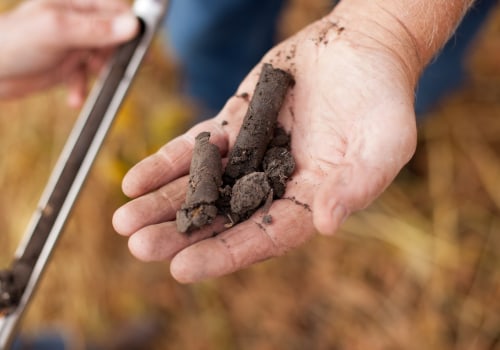
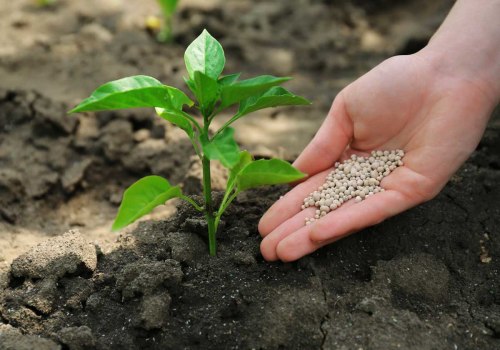

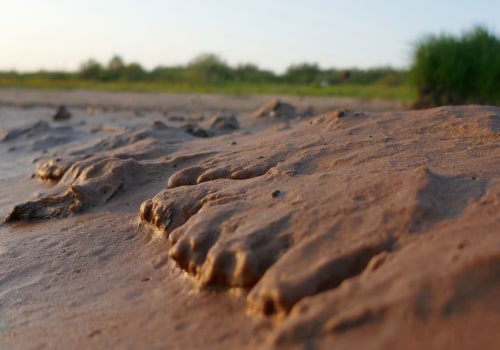

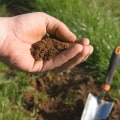
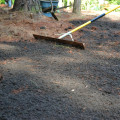


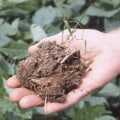
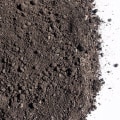
Leave a Comment